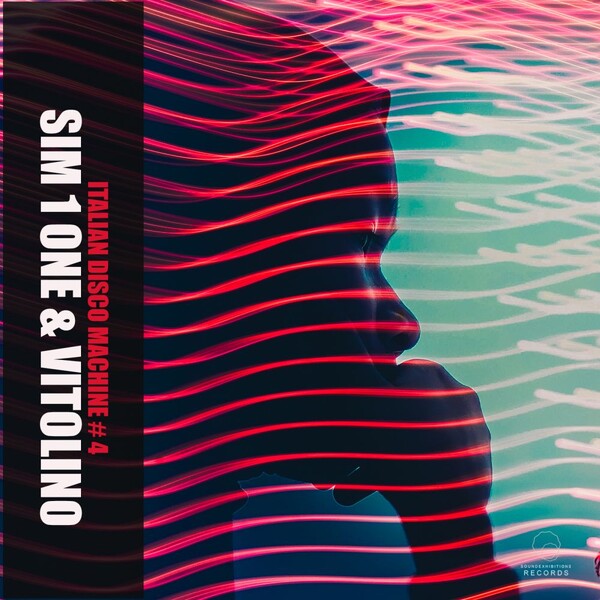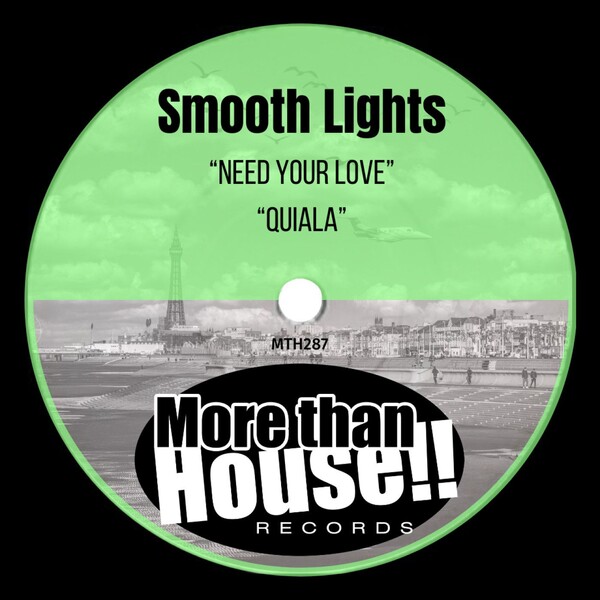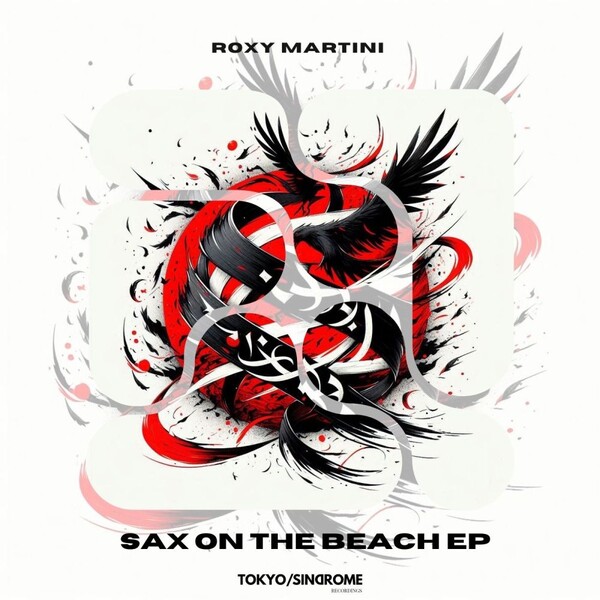“Obsessed” is merely a distant memory. The current Addison loves it still, but said she’s found her integrative musical ground, that is, the 90s and 00s dance-pop scenes. You’ll hear Mandy Moore’s self-titled on “Times Like These”; Britney Spears’s Blackout on “Fame Is a Gun”; Madonna’s Bedtime Stories on “Headphones On” or Ray of Light on “Aquamarine” and “Times Like These”. It fits her spectacularly well, hence a flop-exempt return. FKA twigs’s EUSEXUA might be this record’s big sister for how similar their reference points are, yet there’s virtue in each and one’s own concoction of them. Unlike twigs’s work, Addison wallows in the art of pastiche – recalling Todd Haynes’s referential queer films à la Far From Heaven and Carol, whose everything apart from the screenplay mimics Douglas Sirk’s melodrama – and minds about originality at stripped minimum.
While Haynes meticulously conjures the era’s angelic, sublime atmosphere to underline and critique the historical erasure of gay and lesbian romance during the Lavender Haze’s high tides, Rae and her creative team do so for the “vibes”. ELVIRA and Luka Kloser, to their credit, did a nearly flawless job at imitating the canons’ stylistic intimacies. “In the Rain” features the snappy synths and sophisticated drums of Madonna’s “Frozen” that tie well with Rae’s sexy under-breath voice. “Diet Pepsi” cherishes a scrumptious key change hardly present in today’s mainstream music, casting shafts of nostalgic light that turn Lana Del Rey’s early risqué allure into a lost 00s pop hit. Indeed, everything here sounds wonderful and emits an out-of-time quality so few have succeeded in attaining. But what else?
Of course, it’s enough to excel in recalibrating tunes from a bygone era. Addison’s imperfections, however, are too blunt to be ignorable. “Life’s No Fun Through Clear Waters” takes one great line from the closing track and abuses it in a tiresome refrain that ends too abruptly to stir up any visible emotion; even the Björkesque symphony, making such a forceful entrance at first, shrivels upon Rae’s confused tracklisting. Another interlude “Lost & Found” crushes the tantalizing momentum set by “Aquamarine”, which, literally, is also about self-reinvention. It would’ve worked if both had been given breadth and width to grow into fully fledged songs, exploring novel ideas that would contextualize the proceeding songs’ moodier headspaces. They appear now more as fillers than substantial contributions to the album’s already lacklustre narrative.
Why does “High Fashion”’s bassline sound so intoxicating and disjointed? Why does “Headphones On” possess trip-hop stems that are strangely symbolic of the destructive gallows? These interludes, if executed better, might’ve fulfilled and encouraged the listeners’ curiosity such as mine over Rae’s intriguing soundscapes. In simple words: there should be more than plain “vibes” to evade shallowness and heighten singularity. Rae, ELVIRA and Kloser have undeniably great taste in canonical pop music, so how should its multi-facets present Rae’s life as an influencer born in the age of TikTok? She has admitted that it’s self-titled to embody her true self. Yet in the recent Apple Music podcast, Rae has proved to have ruminations and thoughtful comments on various subjects that exceed beyond just sexiness, lust and mundane heartbreaks. Where are those on here?
Take Addison’s closest references: Madonna’s Ray of Light and Britney Spears’s Breakout. They, too, have songs about love, fame and sex – although with the off-center additions of Himalayan yoga classes (“Shanti/Ashtangi”) that enraptured Madonna so much she once did it in a plane aisle, or peep shows (“Freakshow”) that gave Spears one of her career’s most riveting performances and showcased her heartshaped views on fractured everyday life. Addison has little of such specificity and eccentricity, opting instead for overused catch phrases like “summer forever” and “I love New York”. Her lyricism claws at a directness that borders on forgettability, if not except for some outliers as on Addison highlight “High Fashion”, where its opening verse lays bare her crude yearning for societal acceptance via fame, possibly winking at a deeper, more deprecating dissatisfaction with oneself.
Rae has much to improve upon, which isn’t necessarily an unfavourable predicament. She still hasn’t performed any song on her own; as of now, we have insufficent evidence to gauge her stage presence that will testify her capabilities as a well-equipped pop star with a formidable voice. She has few novelties to offer lyrically and sonically in this decade’s musical landscape. But one thing that deserves outright acclaim is her creative team’s idiosyncratic visual representations of the record. How long has it been since we got a series of music videos this good, this campy, this slay-the-house-down-boots? Albeit directed by a man, “Aquamarine”’s video art is surreptitiously feminine and queer in its abrupt cutting and garish colors, a perfect fit for the song itself. Could this, then, be how she wants to be remembered – as a singles and visual star who knows how to make a comeback, exhort hype, deliver a memorable era, and not much else?

 1 day ago
4
1 day ago
4


















 English (US) ·
English (US) ·